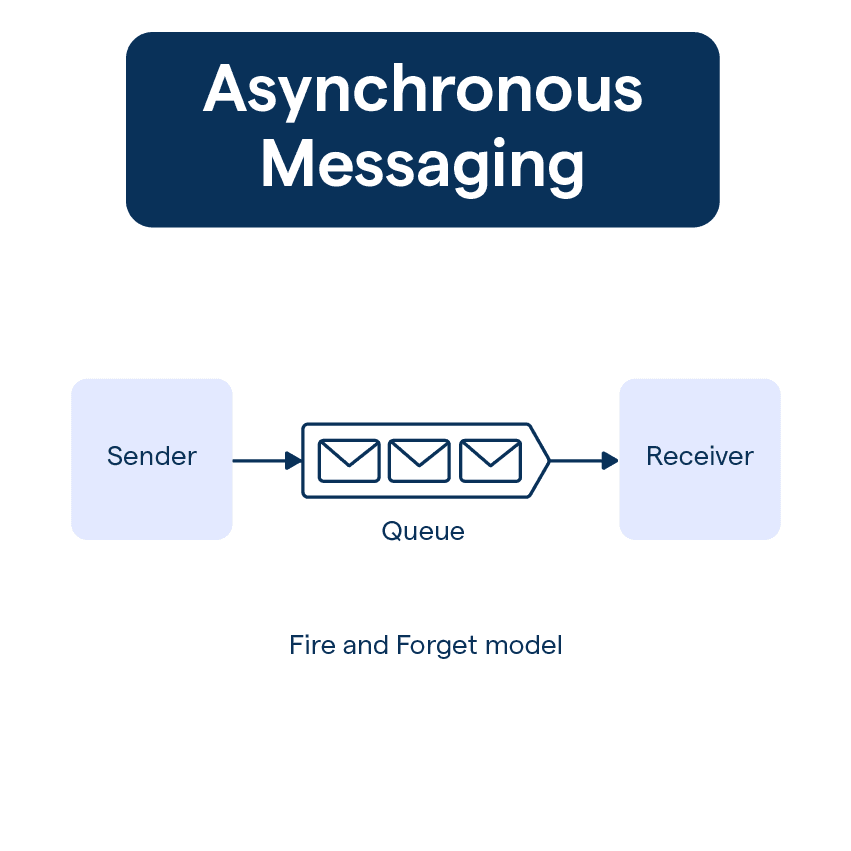What is Asynchronous Messaging?
Asynchronous messaging is a communication technique where data is sent from one party to another without requiring an immediate response. The recipient can access and respond to the message at their convenience, fostering an independent yet collaborative work environment.
Originally, most communication was synchronous, or real-time, like phone calls or in-person conversations. Then email revolutionized the way we communicate, paving the way for asynchronous messaging. With the booming tech era, platforms like Slack and Microsoft Teams amplified this concept further, disrupting the workplace communication landscape.
Purpose and Uses of Asynchronous Messaging
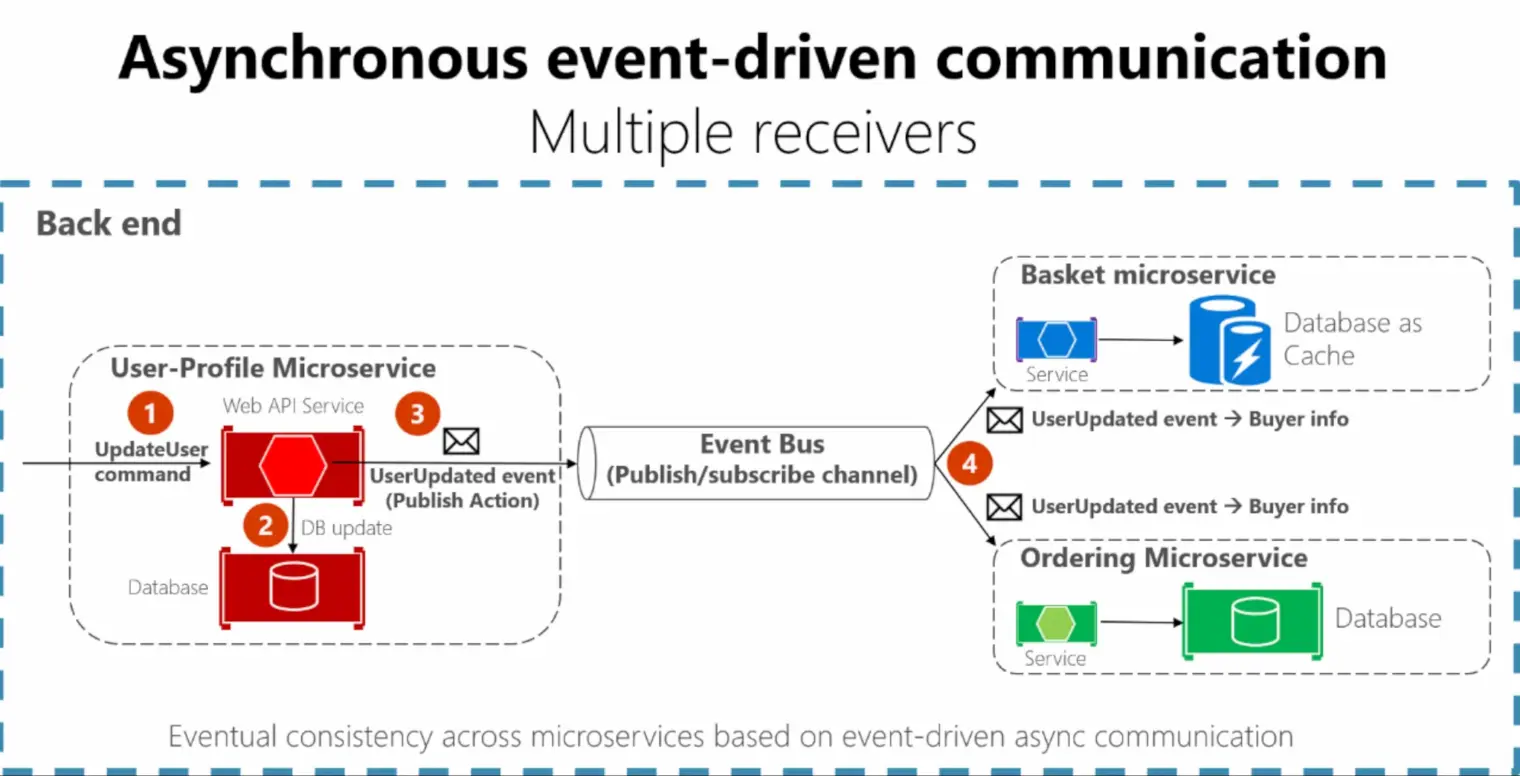
Asynchronous messaging helps create an "always-on" information channel that does not need constant monitoring. It's used extensively in web development, system integrations, microservices architecture, workforce communication, and even application designing.
Why Asynchronous Messaging Matters?
By decoupling message senders and receivers, asynchronous messaging allows for flexibility and improves scalability and fault tolerance, which are critical factors in today's data-intensive landscapes.
Core Concepts of Asynchronous Messaging
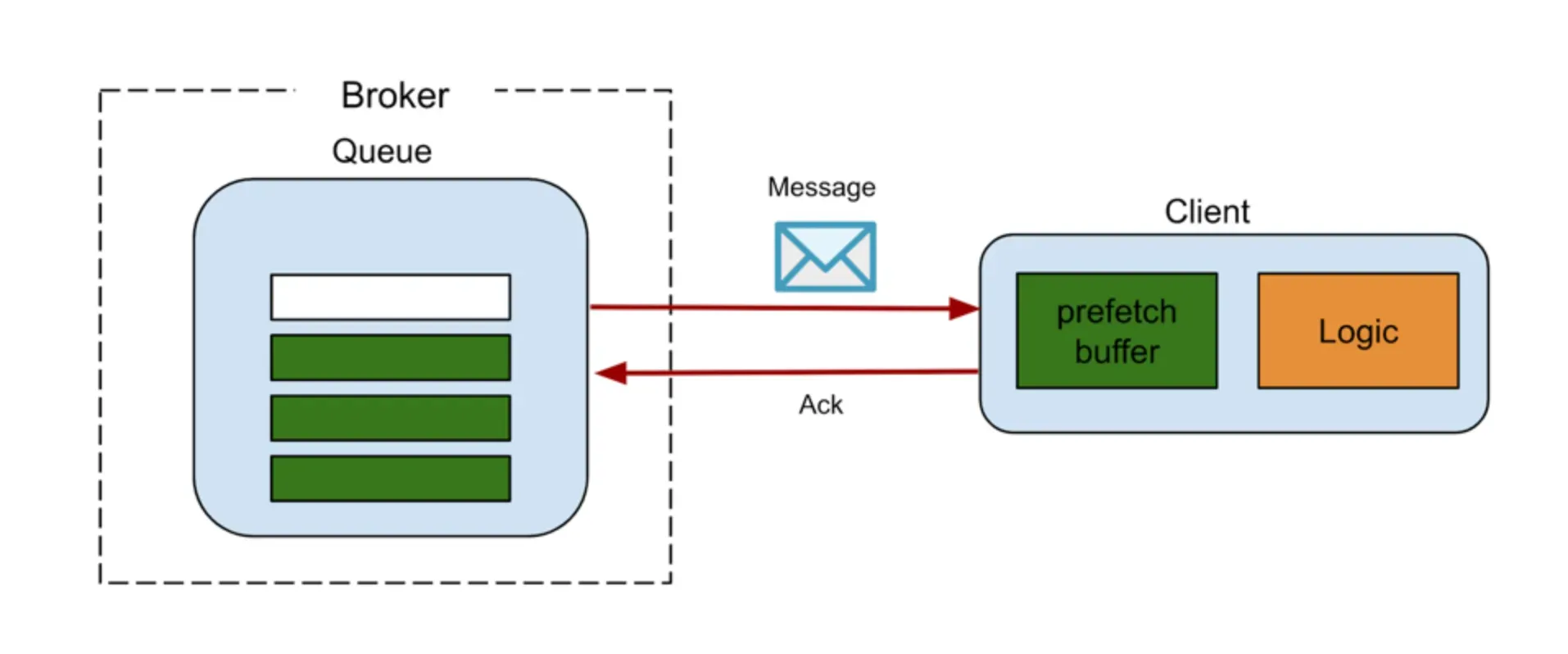
Message Queue
The message queue is where messages land before the recipient processes them. It holds the messages, ensuring they aren't lost if the recipient is not available at the moment.
Message Broker
A message broker mediates communication between different systems, handling routing and delivery of messages. It's the lifeline of an asynchronous messaging system, ensuring reliable and efficient communication between components.
Publisher (Sender)
The publisher, or sender, is the entity that sends a message. It doesn't need to wait for a receiver's response and can send messages whenever it wants.
Subscriber (Receiver)
The subscriber, or receiver, is the entity on the end line that receives the messages. They can process the messages according to their own schedule, not necessarily in real-time.
Types of Asynchronous Messaging

Typically Asynchronous Messaging
In this fundamental type, the sender sends a message and continues its tasks without waiting for the receiver's response or receipt acknowledgment.
Request-Reply Messaging
Here, the sender sends a message and expects a response. However, it doesn't wait for it immediately and can do other tasks in the meanwhile.
Publish-Subscribe Messaging
In this type, the sender sends out messages to many receivers at once. The receivers can choose which messages to subscribe to based on their interests.
Peer-to-Peer Messaging
In peer-to-peer messaging, each system acts both as a sender and receiver, sending messages and simultaneously listening for incoming messages.
Benefits of Asynchronous Messaging
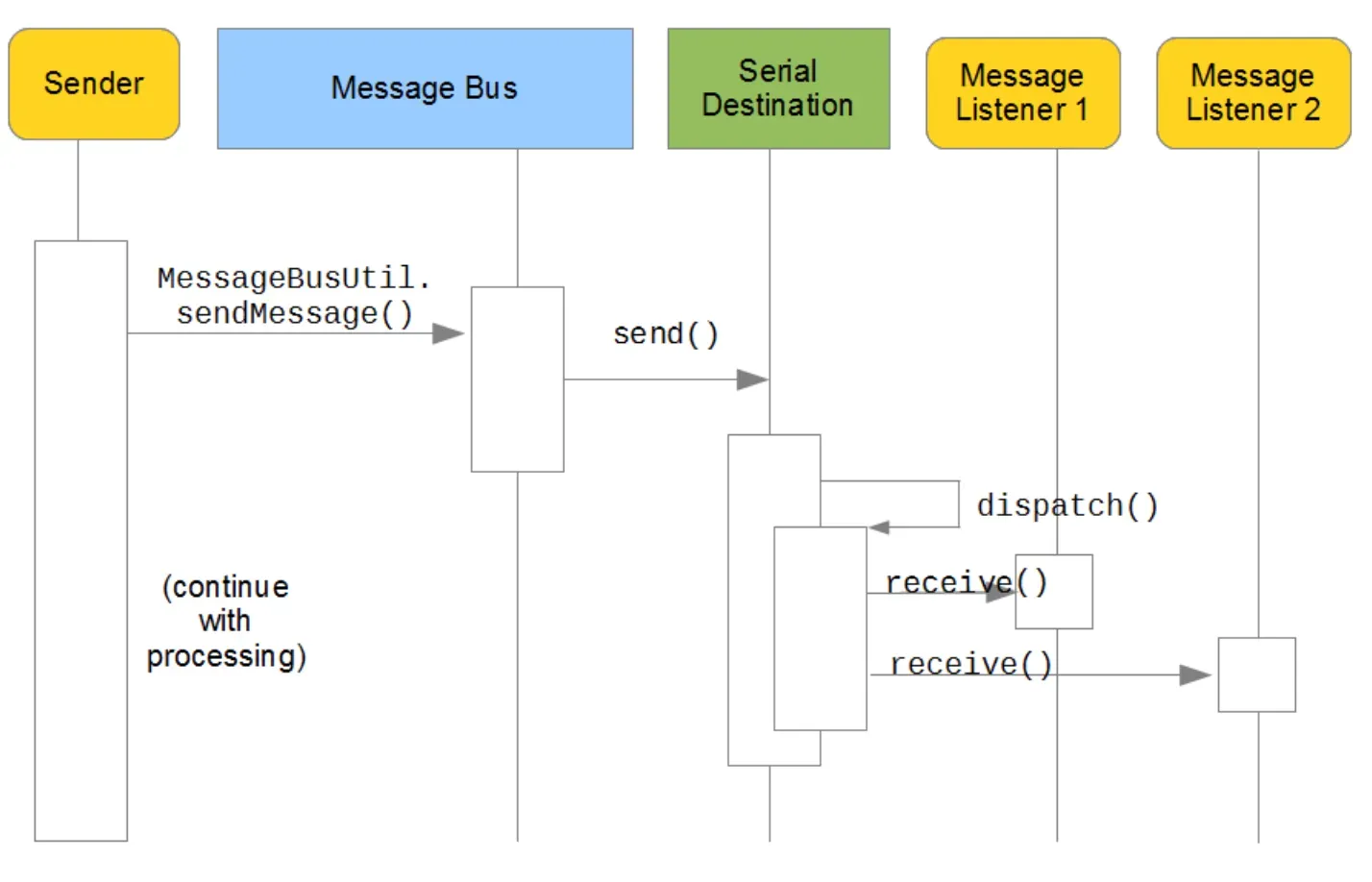
Flexibility
Asynchronous messaging fosters flexibility as it allows the sender and receiver to operate independently of each other.
Scalability
It enables systems to manage load spikes promptly because messages can be put on hold or spread across multiple receivers, thereby enhancing scalability.
Resilience
With asynchronous messaging, even if one system fails, the message isn't lost as it remains in the queue, enhancing the resilience of the system.
Efficiency
These systems boost efficiency as they ensure messages are consumed at the receiver's capacity, preventing overloading and enhancing productivity.
Common Asynchronous Messaging Systems
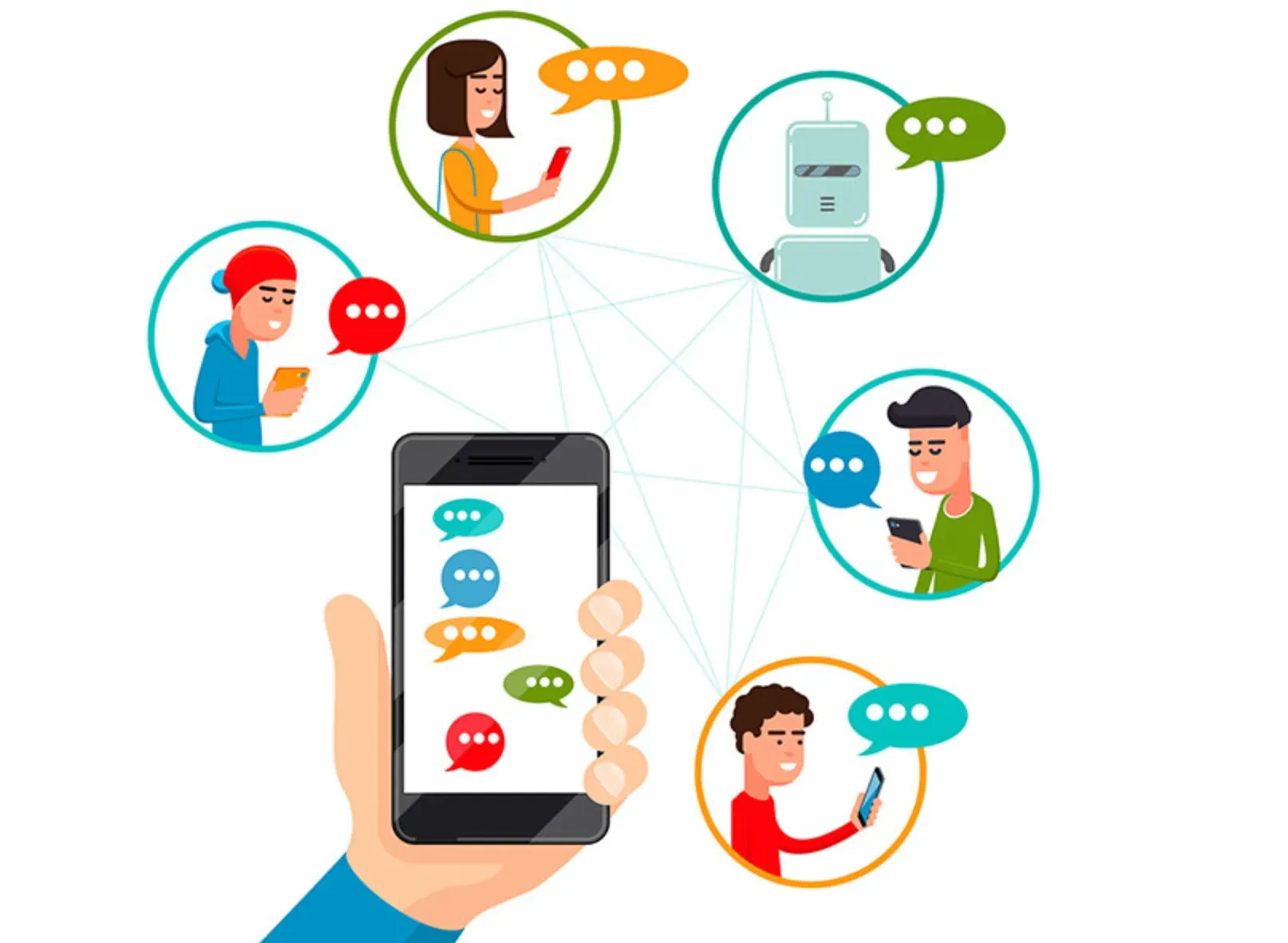
RabbitMQ
RabbitMQ, one of the popular asynchronous messaging systems, is an open-source message-broker software that offers robust messaging for applications.
Apache Kafka
Apache Kafka, a distributed event streaming platform, is terrific for high-performance, real-time streaming data architectures.
Amazon SQS
Part of Amazon's cloud services, Amazon SQS (Simple Queue Service) is a scalable, fully-managed message queuing service for microservices, distributed systems, and serverless applications.
Google Cloud Pub/Sub
Google Cloud Pub/Sub method is a scalable and reliable messaging service for independent sending and receiving systems on Google Cloud Platform.
Asynchronous Messaging Challenges
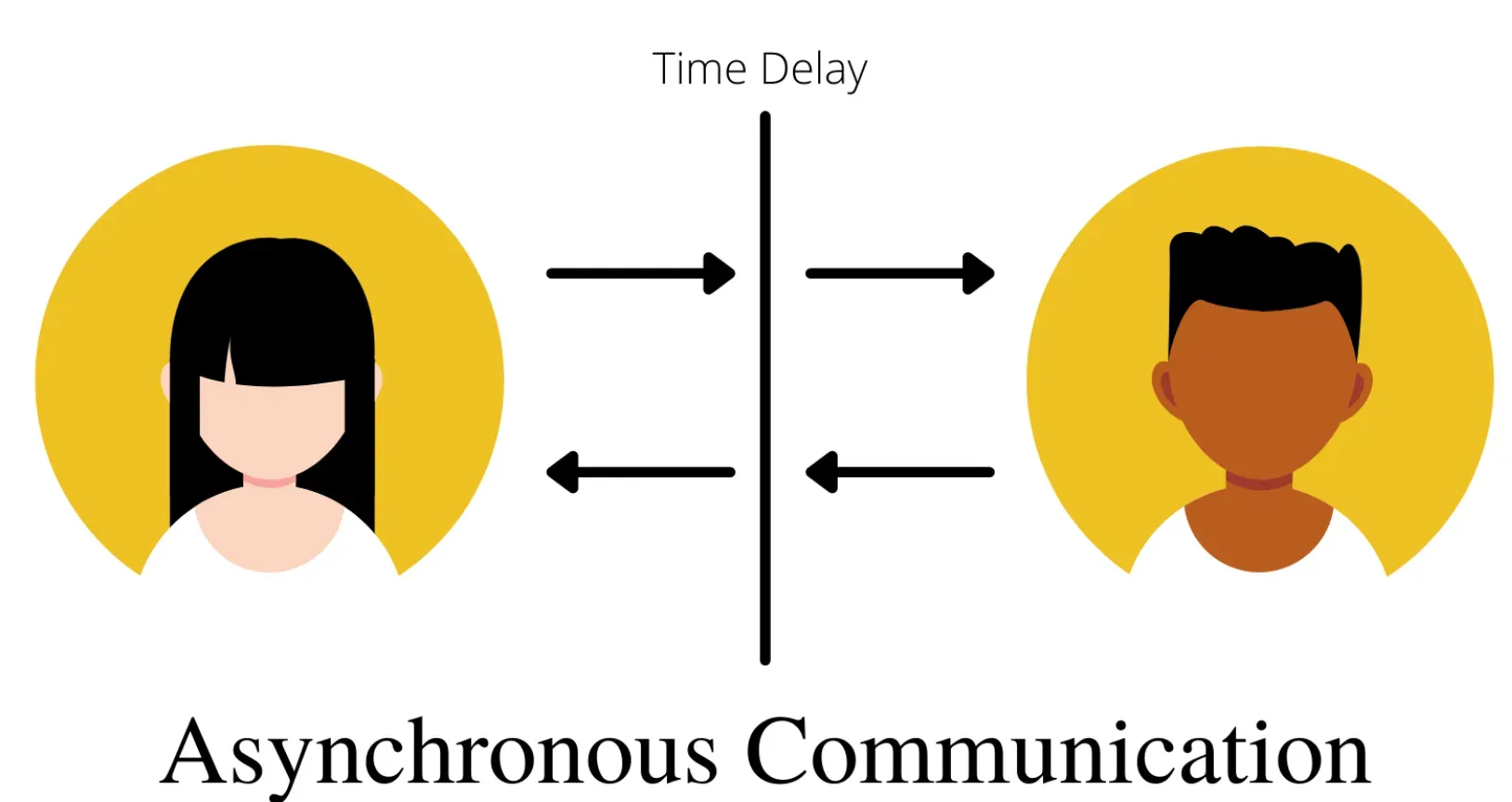
Message Duplication
Asynchronous systems may lead to message duplication due to system errors. To avoid re-processing the same message, a unique identifier for each message is necessary.
Sequencing Issues
In an asynchronous messaging system, message order isn't guaranteed, leading to potential sequencing issues. These can be mitigated using sequence numbers.
Complex Debugging
Debugging can be trickier than in synchronous systems due to variable message timings and sequencing, requiring more sophisticated debugging tools.
Additional Development Effort
Asynchronous messaging systems involve additional development effort to manage messaging queues and handle potential issues, requiring competent development skills.
Frequently Asked Questions (FAQs)
What is Asynchronous Messaging?
Asynchronous messaging is a communication method where data is dispatched from one party to another without needing an immediate response. The recipient can access and respond to the message at their convenience.
Where is Asynchronous Messaging used?
Asynchronous messaging finds application in a variety of sectors, including web development, system integrations, microservices architecture, and workforce communication.
Who uses Asynchronous Messaging Systems?
Asynchronous messaging systems are used by software developers and teams worldwide to develop web applications, manage microservices, and process data in distributed systems.
What are the benefits of Asynchronous Messaging?
Asynchronous messaging enhances flexibility, scalability, resilience, and efficiency. It allows for independent operation of sender and receiver, easy workload management, reduced risk of message loss, and processing at the receiver's capacity.
What are some common Asynchronous Messaging Systems?
Popular asynchronous messaging systems include RabbitMQ, Apache Kafka, Amazon SQS (Simple Queue Service), and Google Cloud Pub/Sub.
